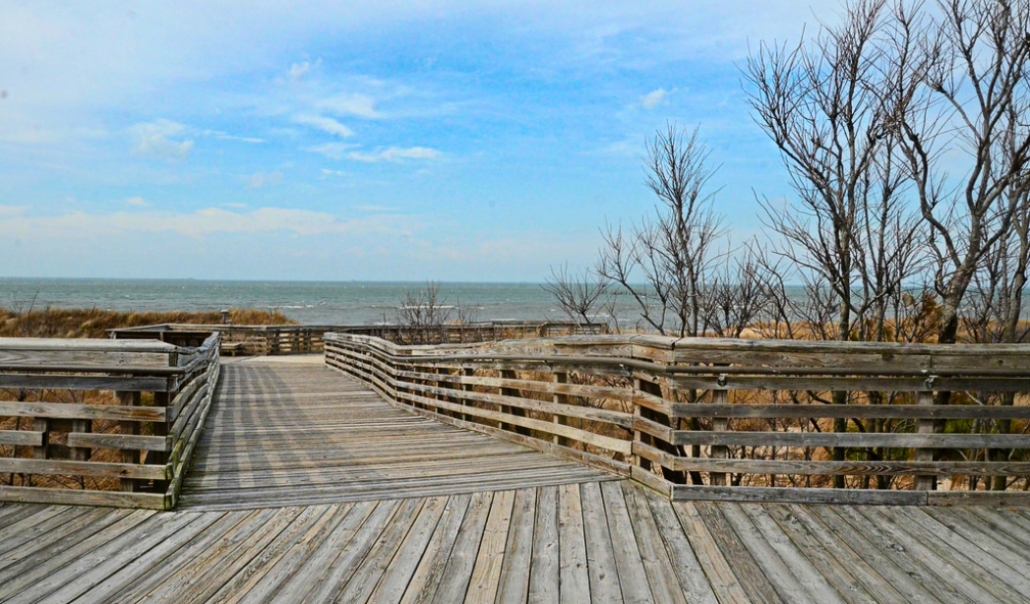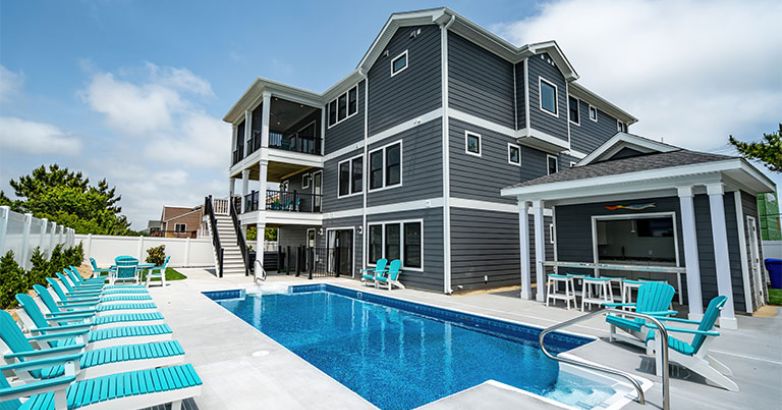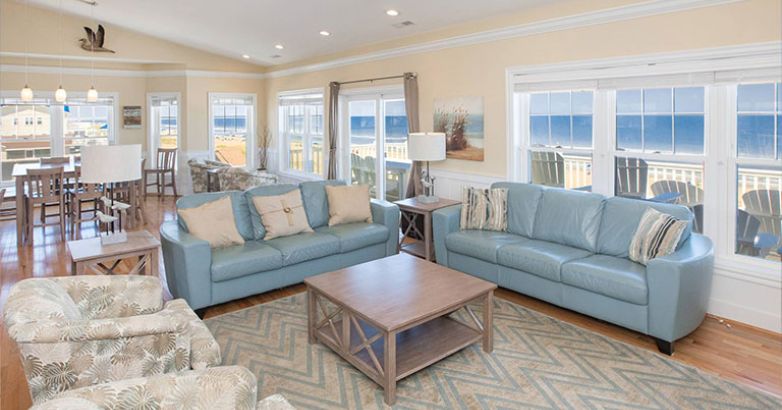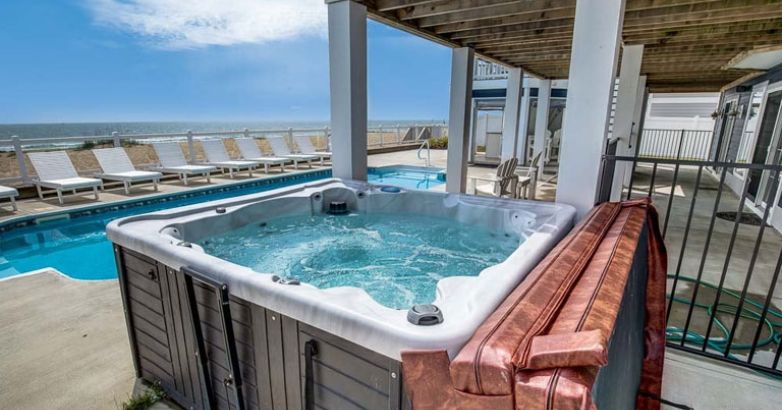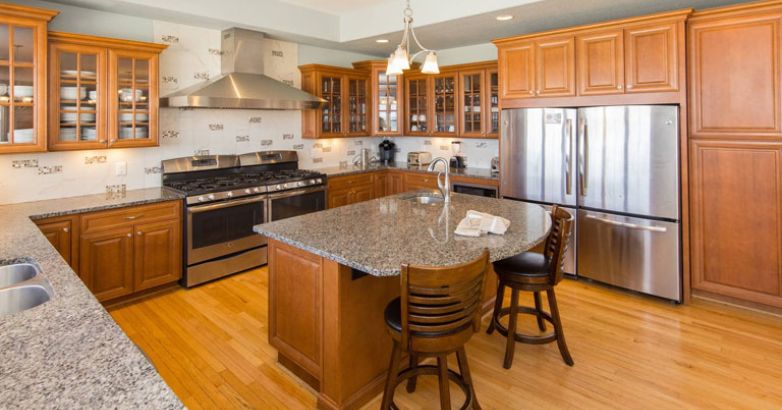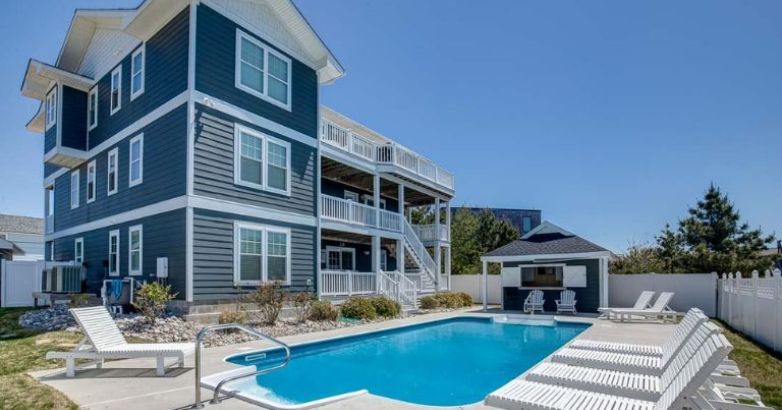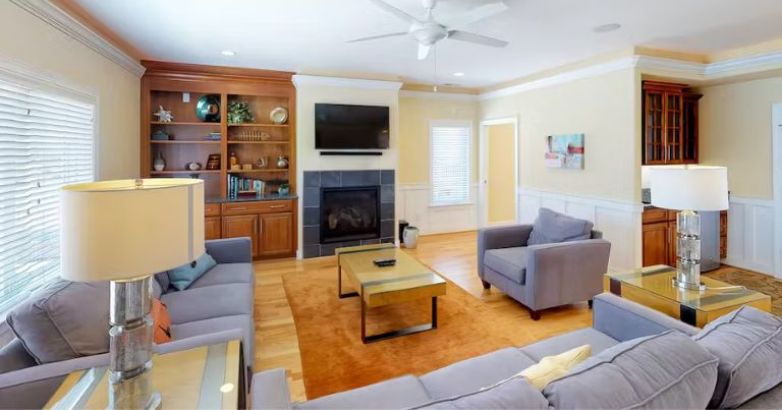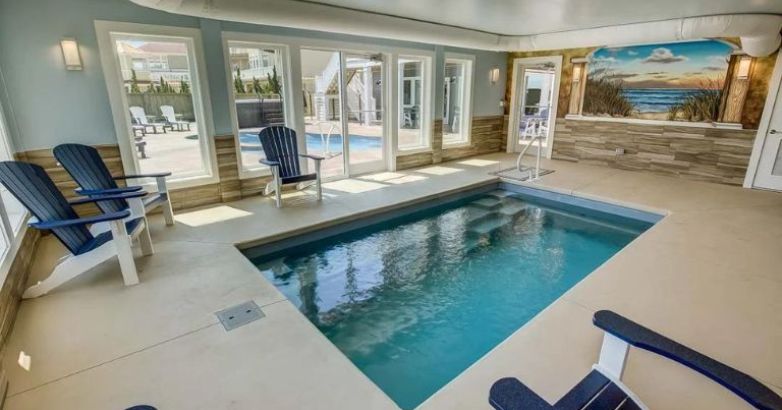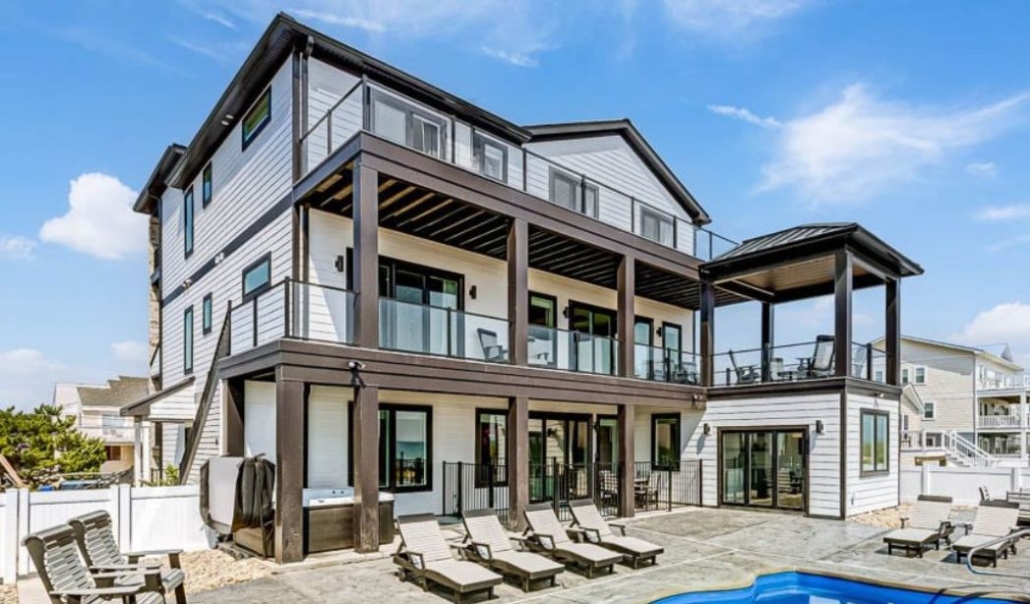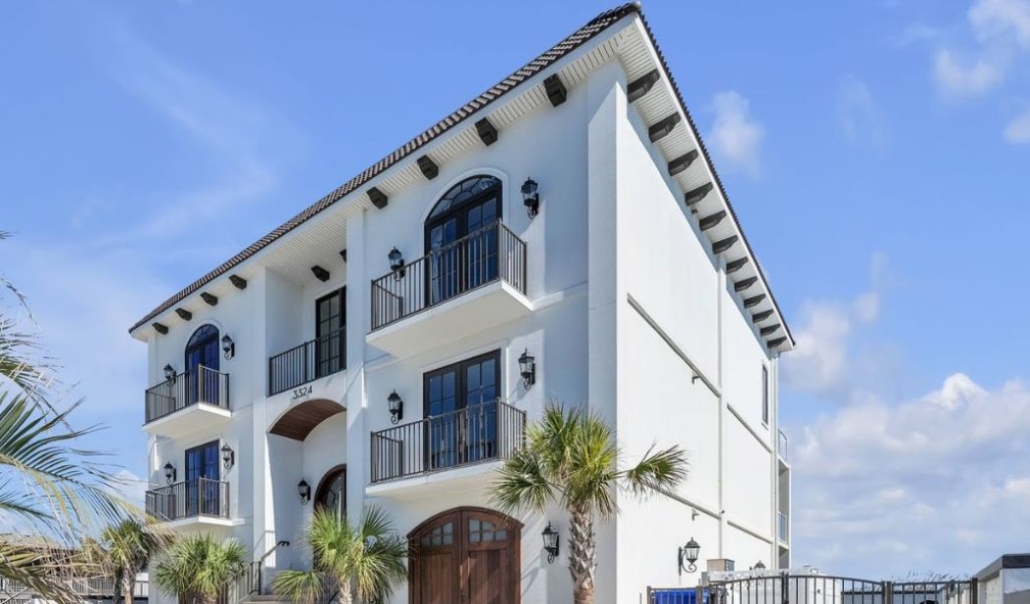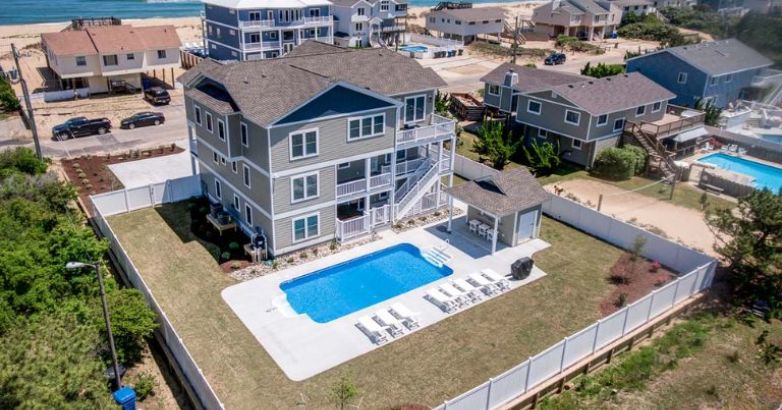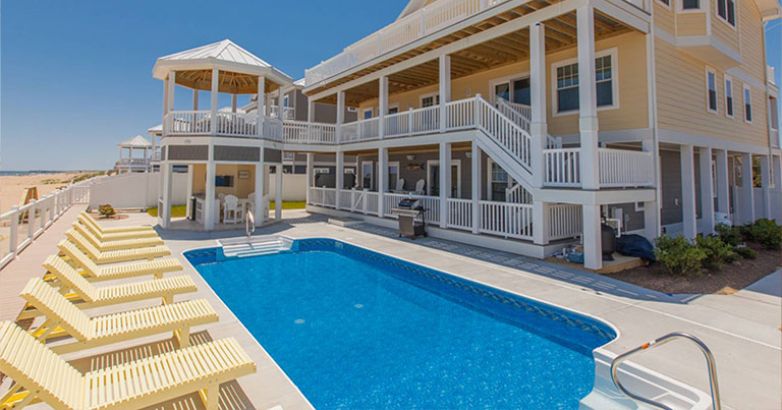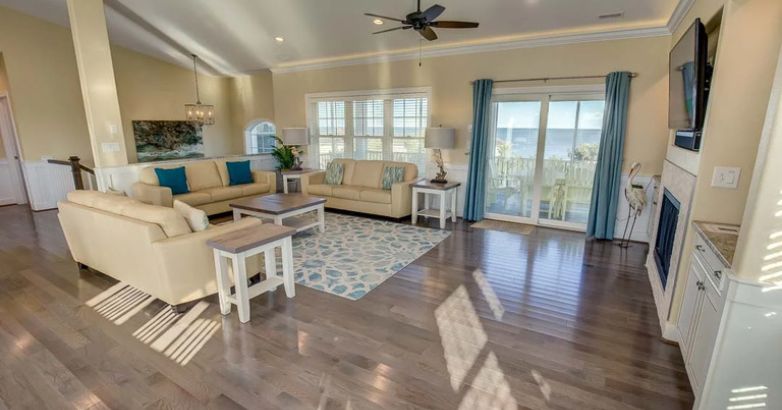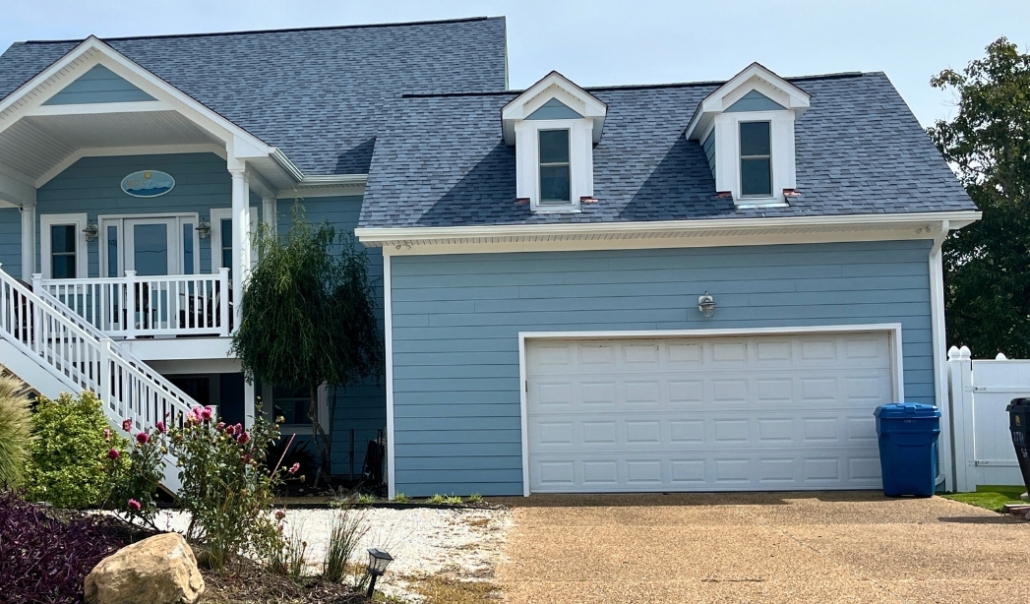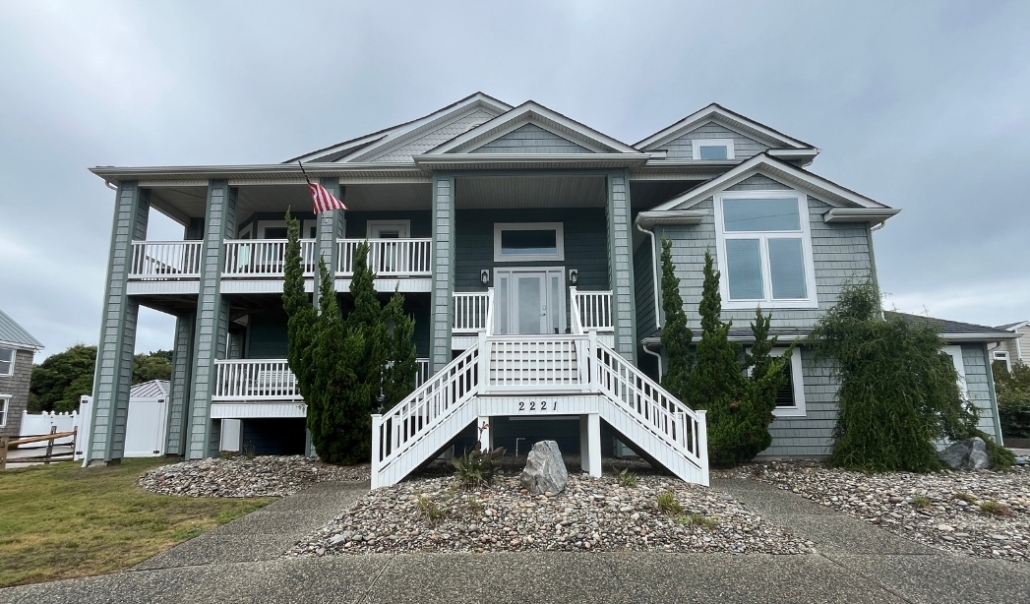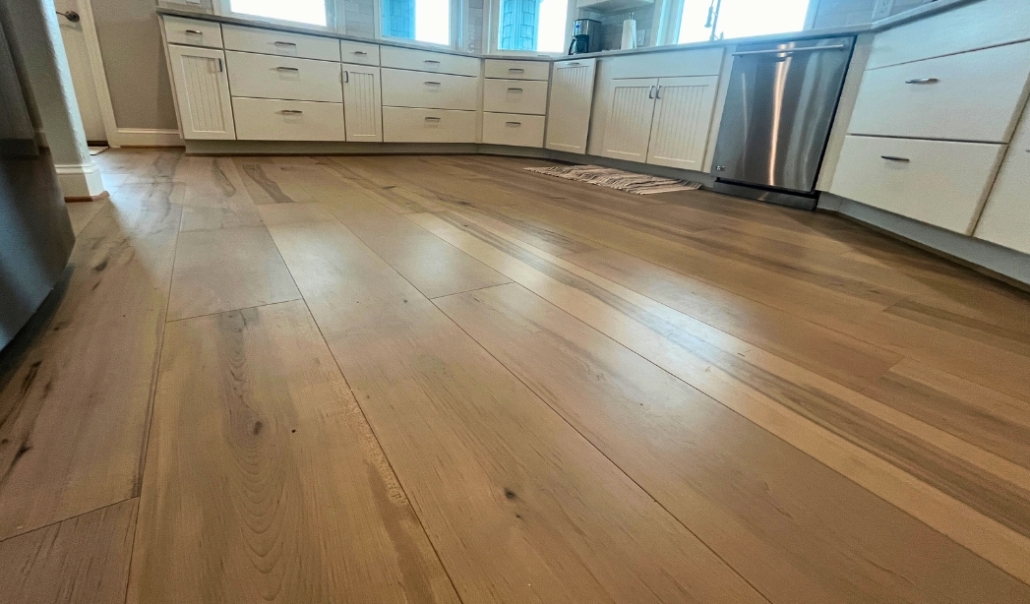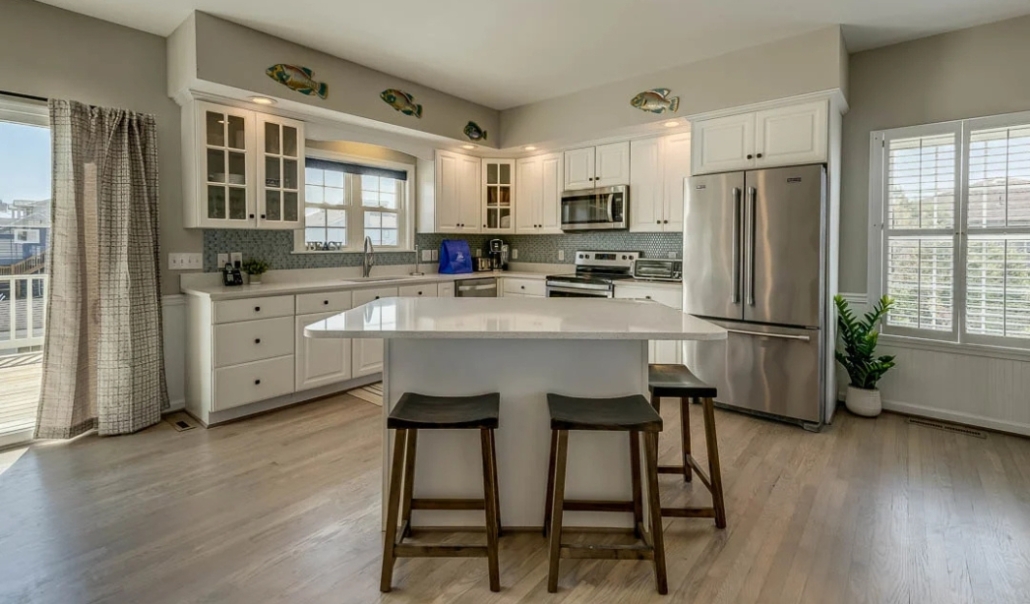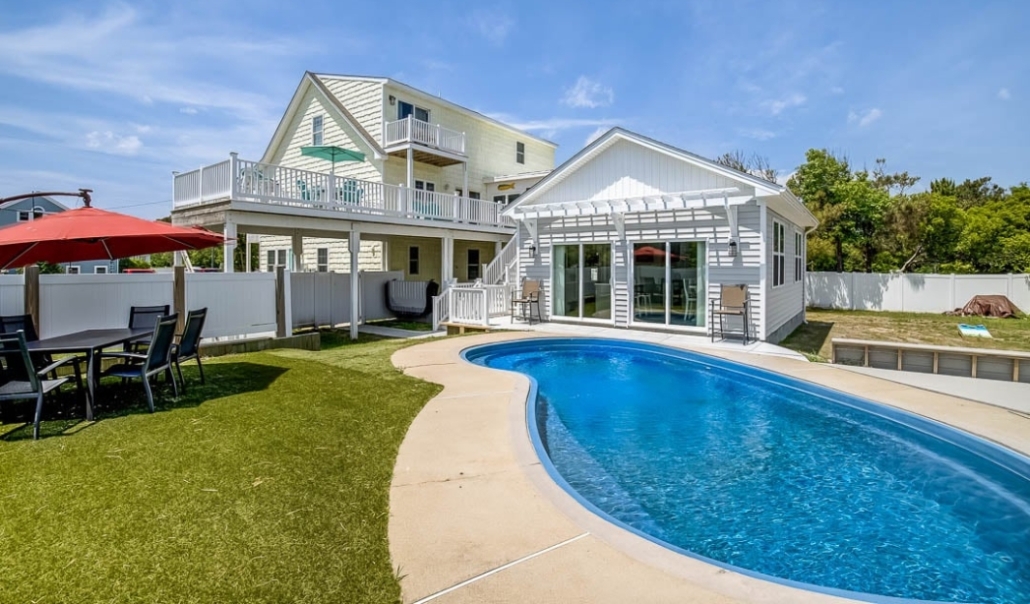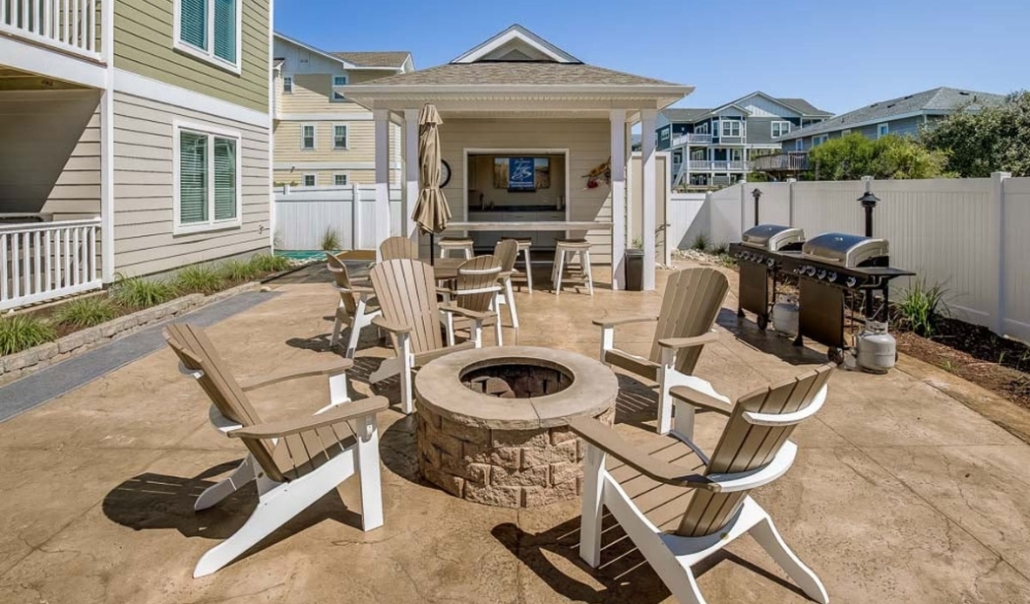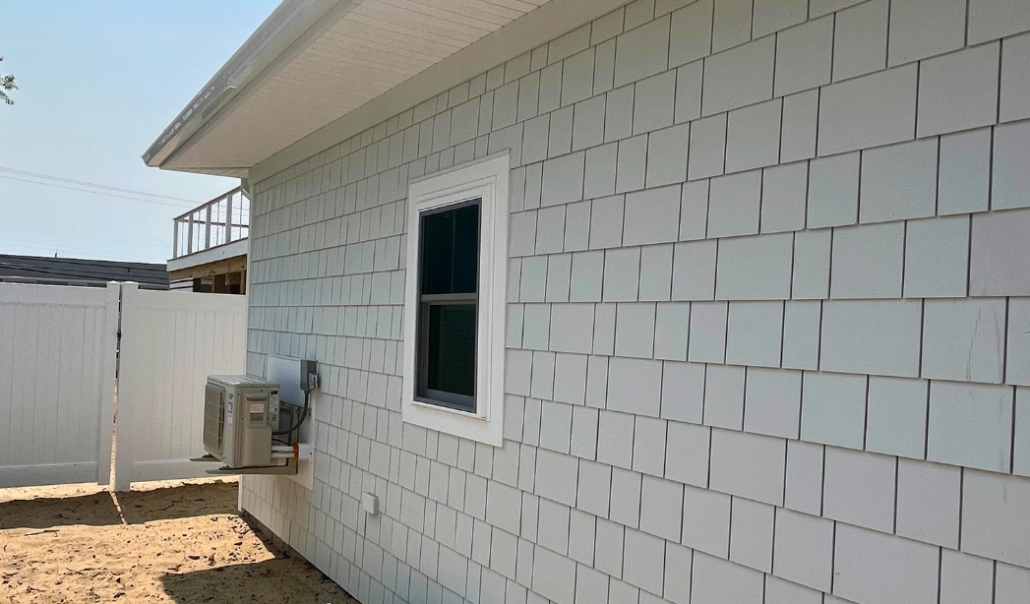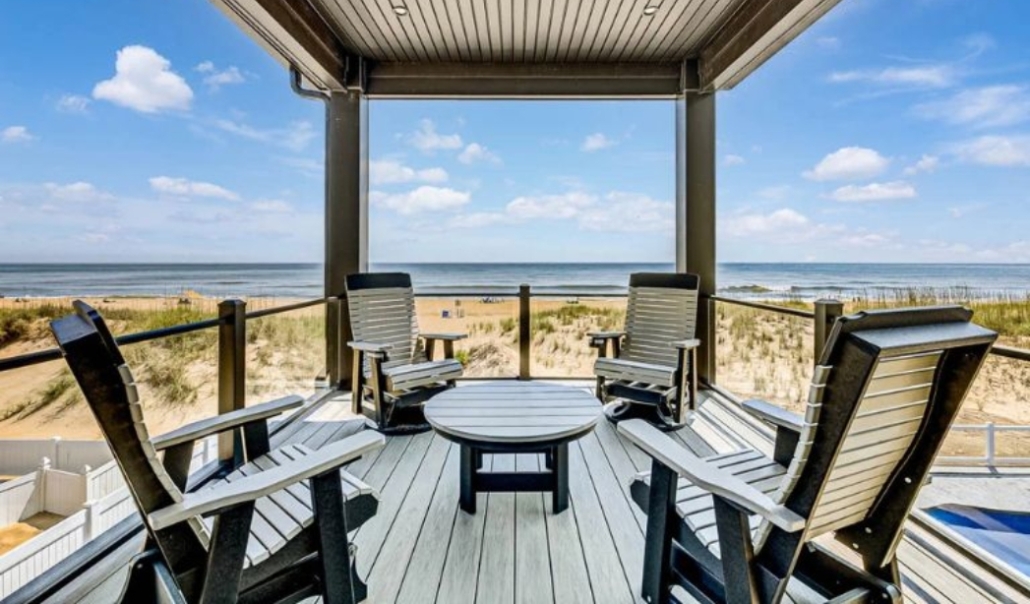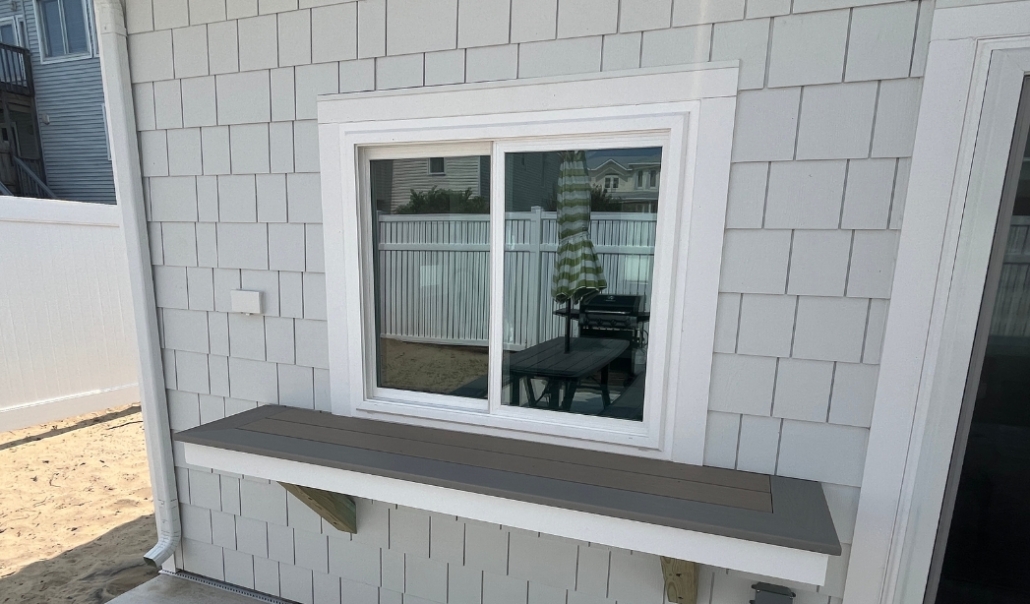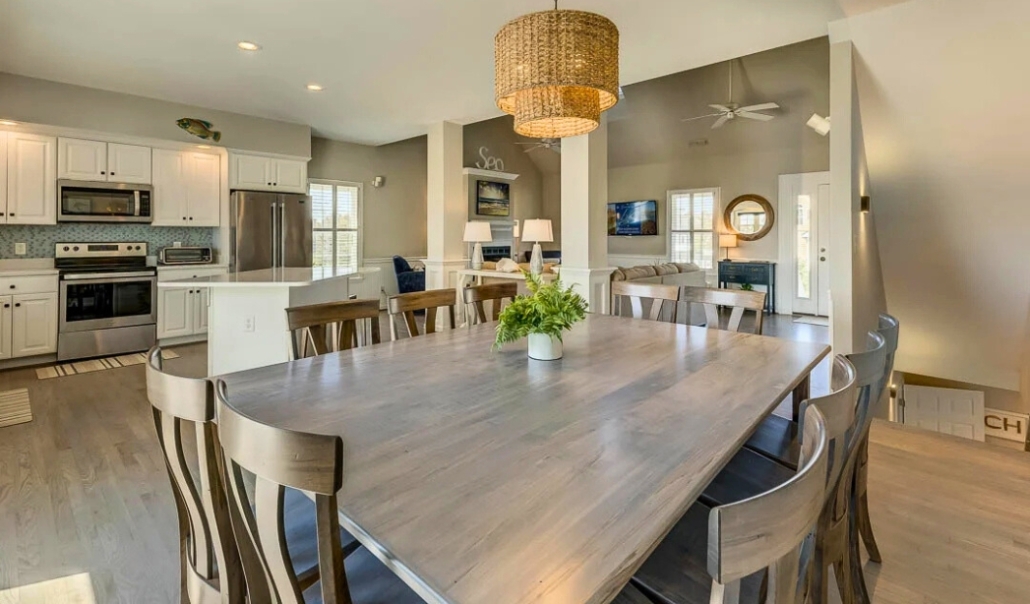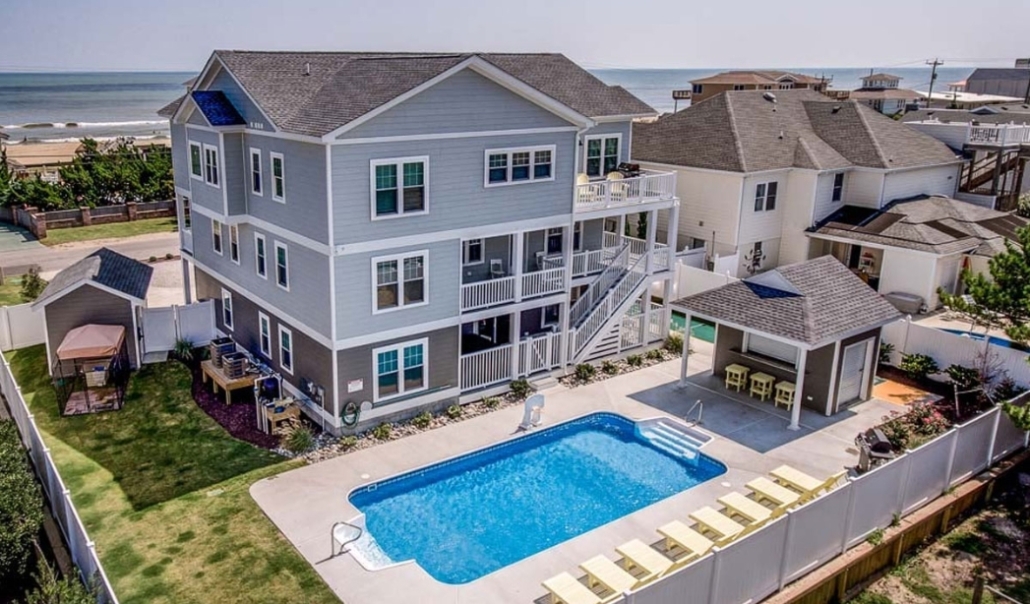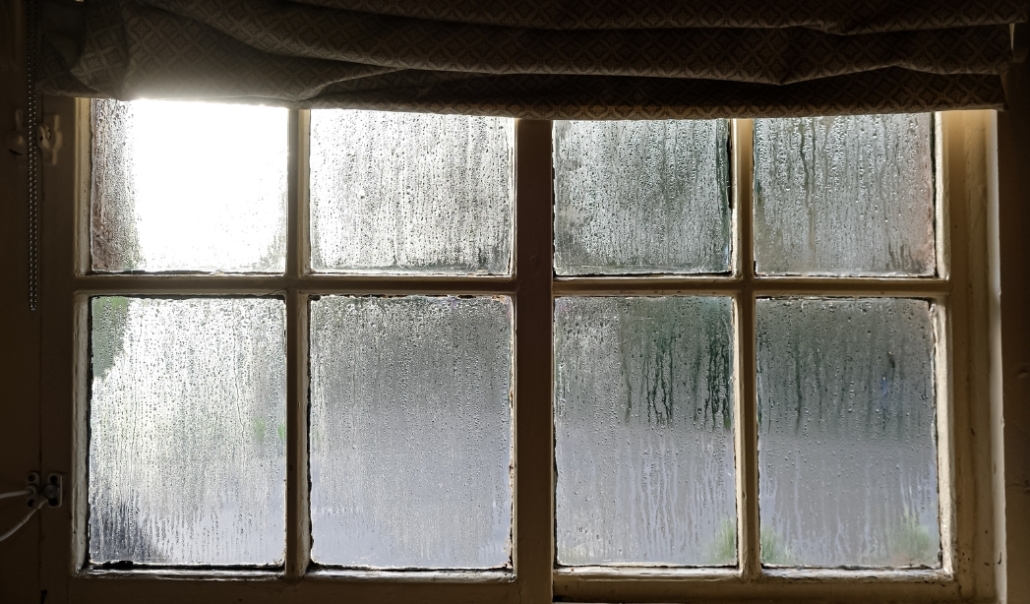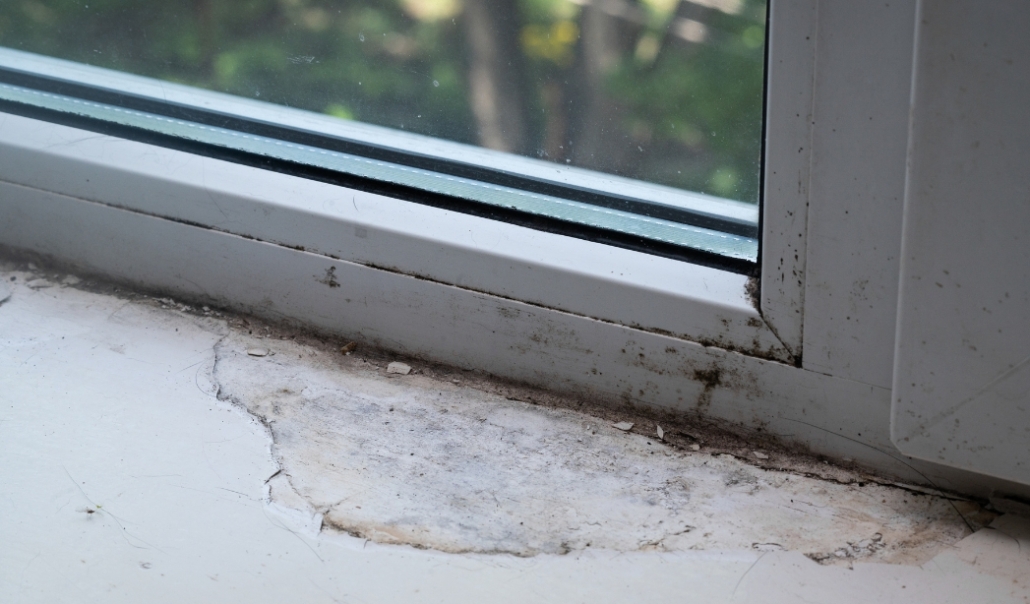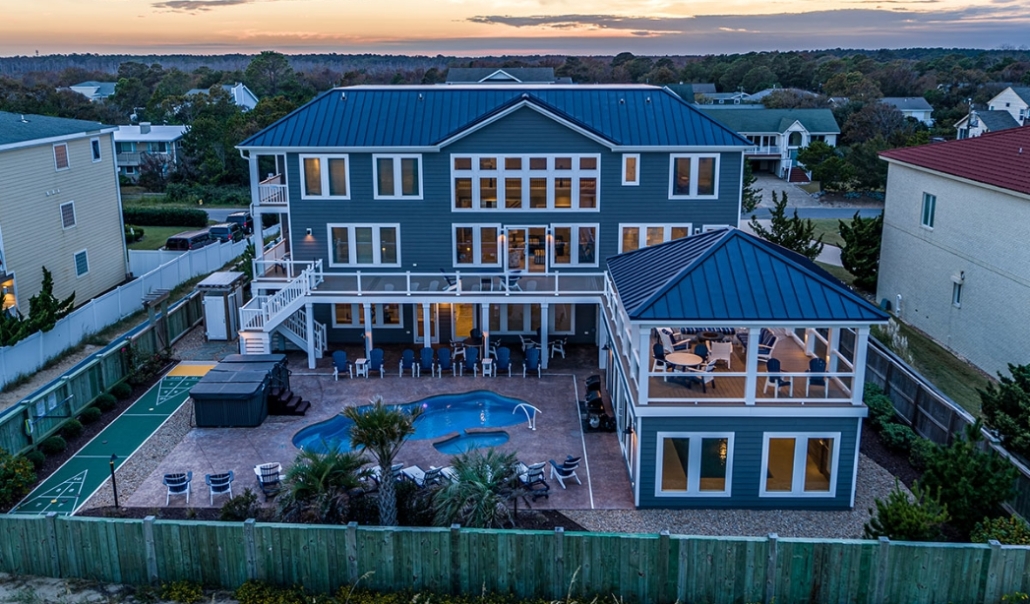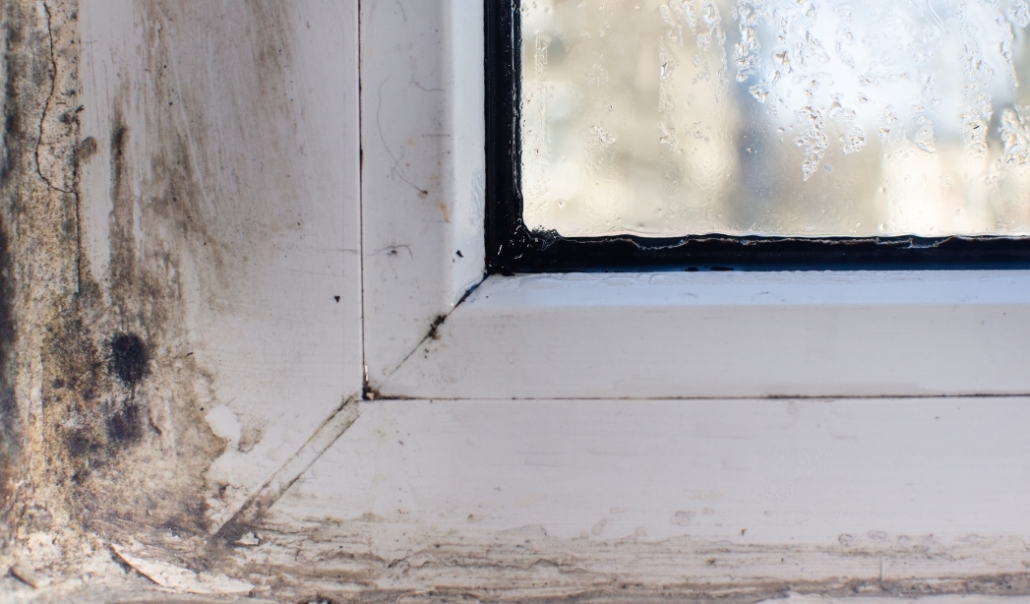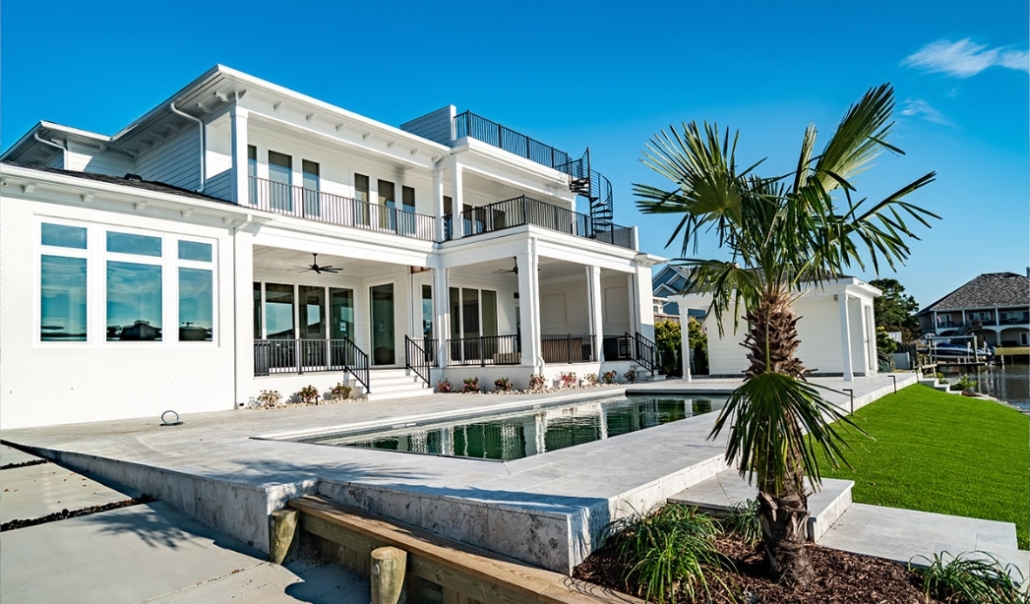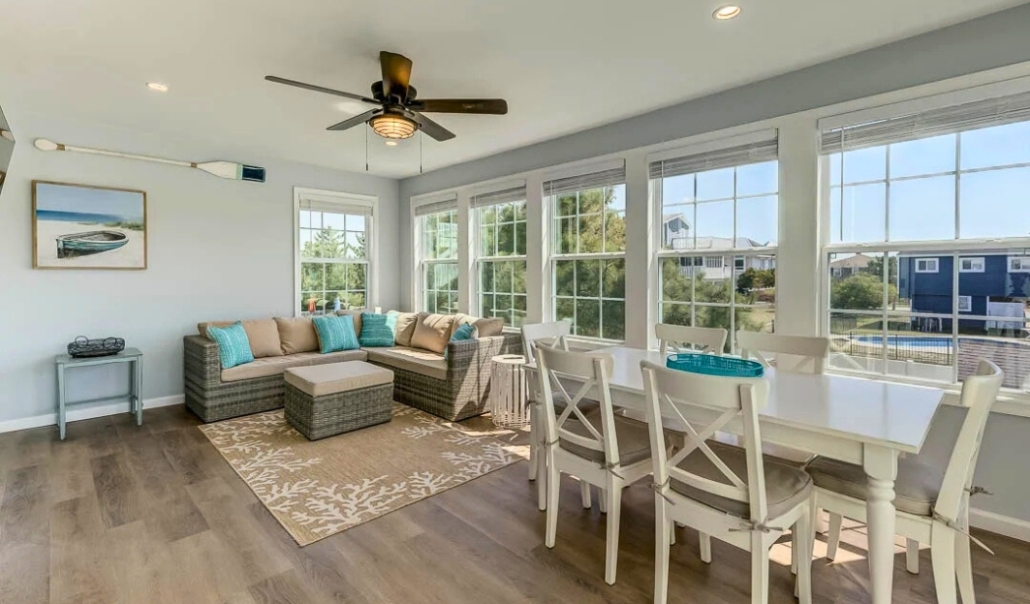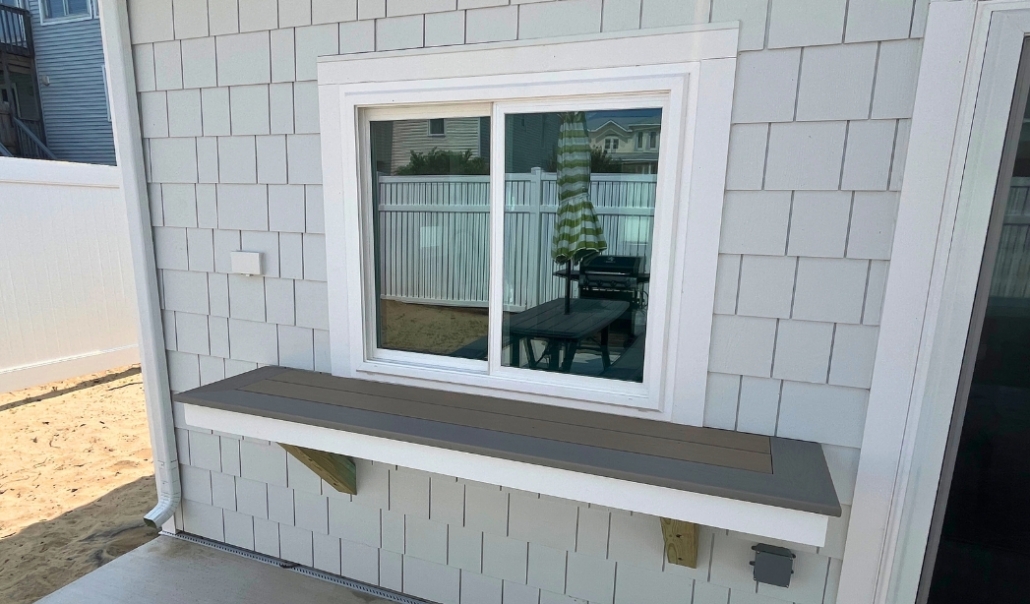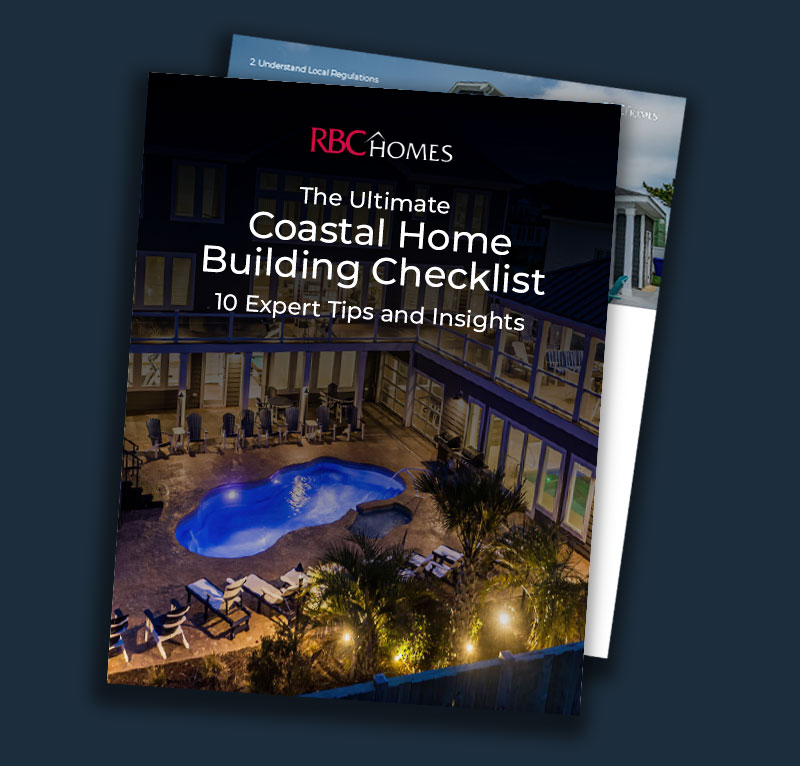Seasonal Home Maintenance – Keep Your Property Safe All Year
Regular home maintenance is essential for keeping your property in top condition and preventing costly repairs.
To help you stay on track, here’s a quick overview of the key tasks to tackle throughout the year. The table below provides a seasonal breakdown of essential maintenance tasks to ensure your home operates smoothly all year long.
| Season | TASK | STATUS |
|---|---|---|
| Spring Checklist | Inspect roof & siding for damage | ☐ |
| Clean gutters & downspouts | ☐ | |
| Check sprinkler system for leaks | ☐ | |
| Replace HVAC air filters | ☐ | |
| Inspect outdoor faucets for leaks | ☐ | |
| Summer Checklist | Service HVAC system | ☐ |
| Replace worn weather stripping | ☐ | |
| Clean dryer vent for fire safety | ☐ | |
| Repair window screens | ☐ | |
| Touch up exterior paint & siding | ☐ | |
| Fall Checklist | Clear gutters of leaves | ☐ |
| Inspect roof for missing shingles | ☐ | |
| Test smoke & carbon monoxide detectors | ☐ | |
| Check & flush hot water heater | ☐ | |
| Drain outdoor faucets | ☐ | |
| Winter Checklist | Update weather stripping | ☐ |
| Prepare for winter storms | ☐ | |
| Inspect heating system | ☐ | |
| Insulate exposed pipes | ☐ | |
| Test smoke & CO detectors | ☐ | |
| Virginia Beach Specific | Inspect roof & siding for corrosion | ☐ |
| Rinse outdoor HVAC unit | ☐ | |
| Clean gutters before hurricane season | ☐ | |
| Install flood barriers for storm protection | ☐ |
Spring Home Maintenance Checklist
As winter gives way to warmer temperatures, it’s time to assess and repair any damage that occurred during the colder months. In fact, performing these essential tasks now helps prevent costly repairs and ensures your home is prepared for the rest of the year.
Roof and Siding Inspection
Start by inspecting the roof and siding for signs of winter wear. Look closely for cracks, missing shingles, or any damage to your siding.
Severe winter conditions can lead to ice buildup and wind damage, both of which may weaken your roof’s integrity.
If you notice any loose or missing shingles, it’s essential to repair or replace them immediately to prevent leaks and further deterioration.
Also, inspect siding for cracks or warping, as even small gaps can let moisture into your home, causing potential structural issues down the road.
Gutter Cleaning
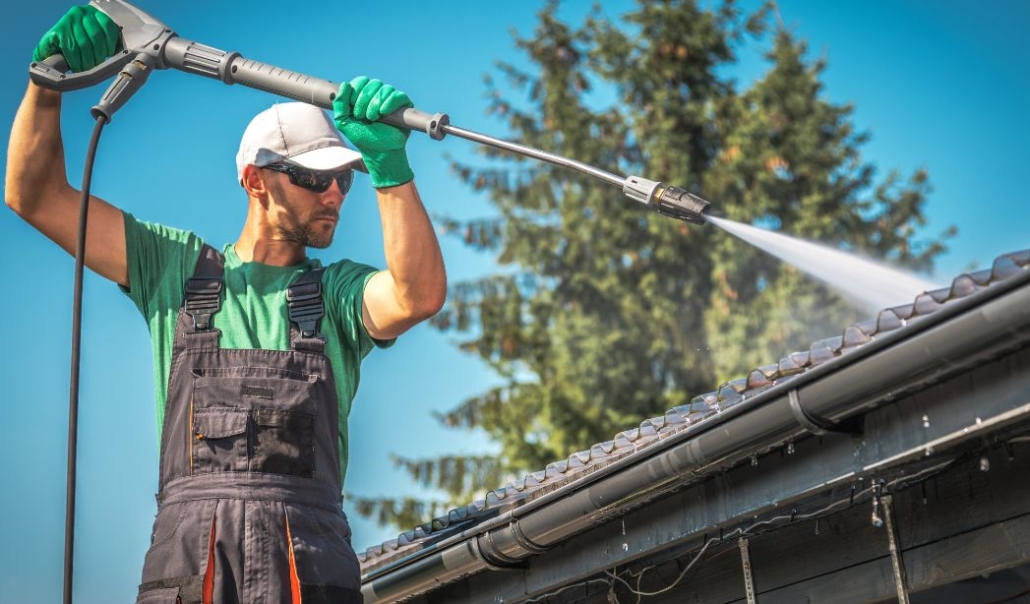
Clearing out debris such as leaves, twigs, and other buildup from your gutters is crucial in spring.
If left unattended, clogged gutters can lead to improper water drainage, resulting in overflow that can damage your roof, siding, or foundation.
It can also lead to mold growth and water pooling near the house, which is especially dangerous in regions prone to flooding. Using a sturdy ladder and protective gloves, clean the gutters and check downspouts to ensure proper water flow.
Sprinkler System Check
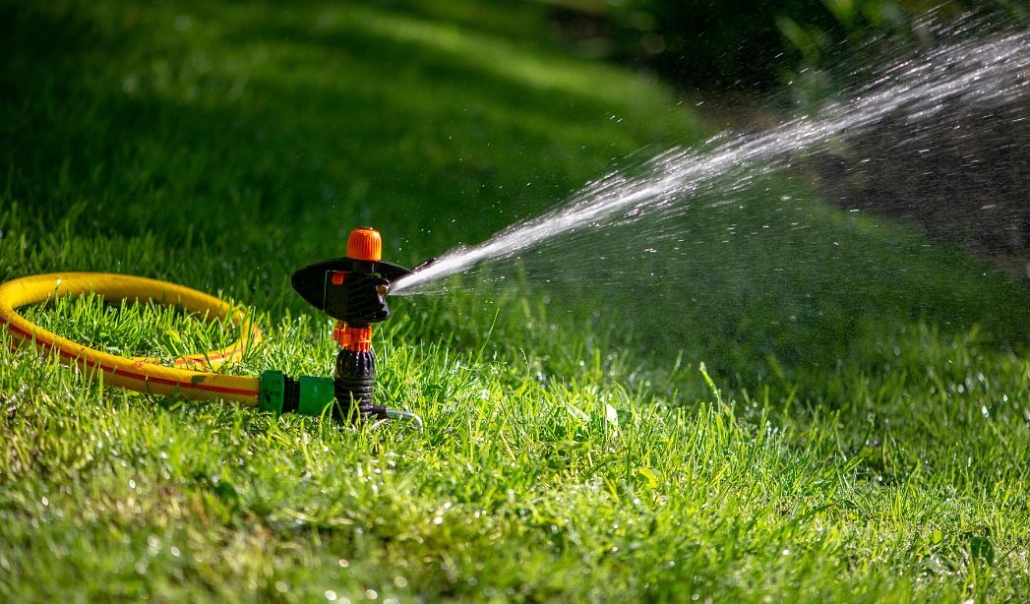
After months of inactivity, your sprinkler system should be carefully inspected for leaks, broken heads, or clogs caused by debris.
Freezing temperatures during winter can cause water inside the pipes to freeze and expand, potentially leading to cracks.
Running a full system test will help detect leaks or malfunctions early on. Fixing these problems before summer begins will help avoid water waste and ensure your landscaping remains well-maintained during the hotter months.
Air Filter Replacement
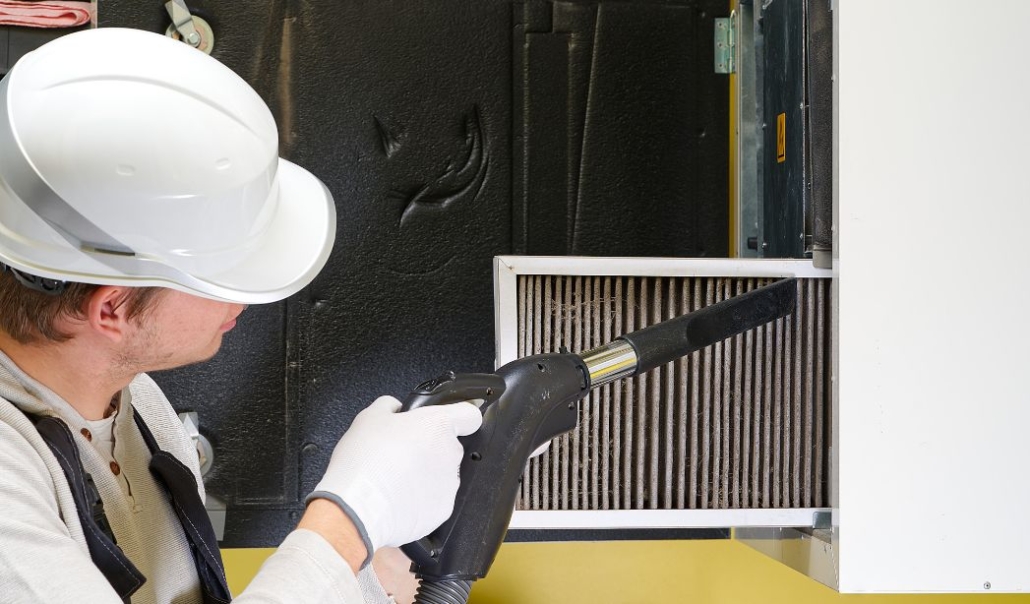
Replacing HVAC air filters is one of the simplest yet most impactful tasks in seasonal home maintenance.
Over time, filters can become clogged with dust, dirt, and allergens, which reduces the system’s efficiency and worsens indoor air quality.
A clean filter not only ensures that your HVAC system operates smoothly but also lowers your energy bills by reducing the workload on the system.
Experts recommend changing the filters every 1-3 months, depending on usage and the season.
Outdoor Faucet Inspection
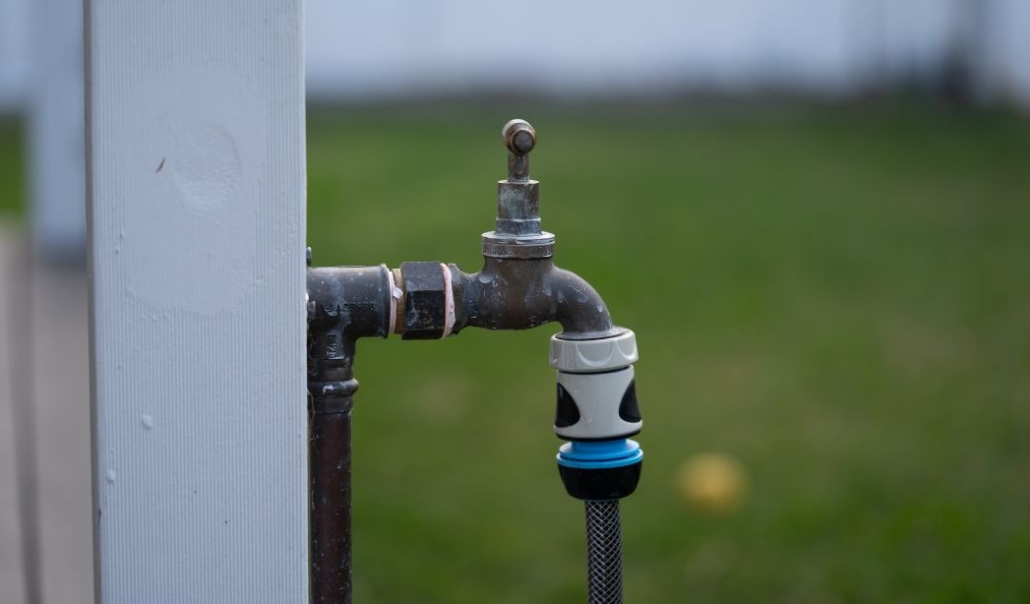
Winter’s freezing temperatures can cause outdoor faucets and pipes to freeze, leading to cracks and leaks.
As spring arrives, it’s important to check all exterior faucets by turning them on and monitoring for leaks or any reduction in pressure.
If you notice water dripping or spraying from cracks in the faucet or connecting pipes, it could indicate freeze damage, requiring immediate repair to prevent further loss or damage.
By completing these spring maintenance tasks, you’ll ensure that your home is well-prepared for the year ahead, reducing the risk of costly repairs and maintaining the value of your property.
Summer Home Maintenance Checklist
With the heat of summer approaching, this is the time to focus on ensuring your home stays cool, energy-efficient, and safe. Regular summer maintenance keeps your property comfortable and prevents damage caused by intense heat or neglect.
HVAC System Service
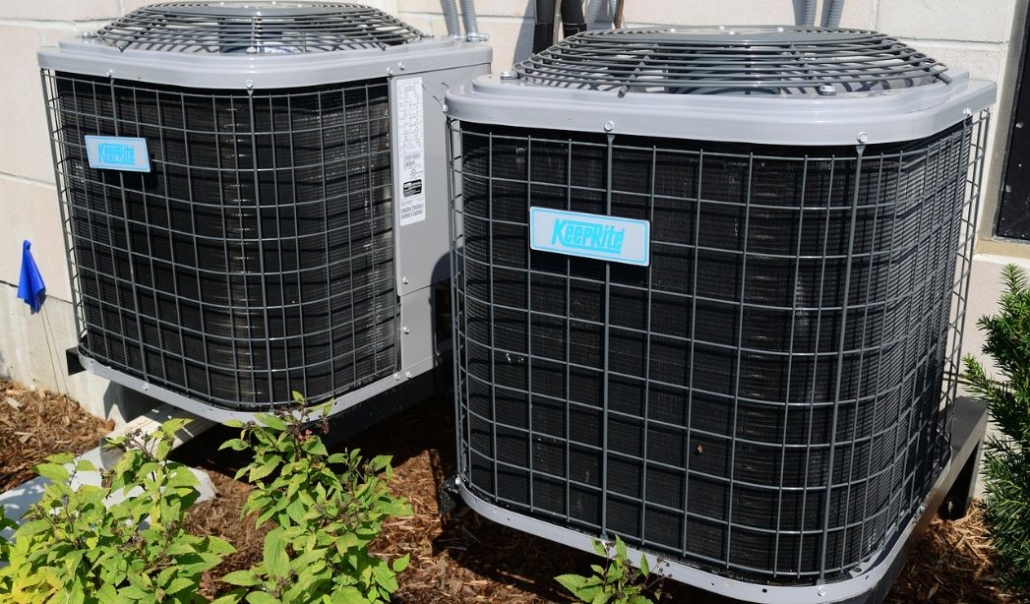
During the peak of summer, your air conditioning system will be working overtime.
To avoid breakdowns, schedule an HVAC service to ensure it’s running efficiently. This includes checking refrigerant levels, cleaning condenser coils, and inspecting the thermostat.
A professional service can also detect early signs of wear and tear that could lead to costly repairs.
Regular maintenance improves cooling efficiency and helps lower energy bills during the hottest months.
Weather Stripping Check
Summer is an ideal time to inspect the weather stripping around doors and windows.
Over time, weather stripping can wear down, creating gaps that let cool air escape and hot air enter.
This leads to higher energy costs as your HVAC system works harder to maintain the indoor temperature.
By replacing worn-out weather stripping, you can improve your home’s insulation, reduce energy usage, and keep your property cool without wasting electricity.
Dryer Vent Cleaning
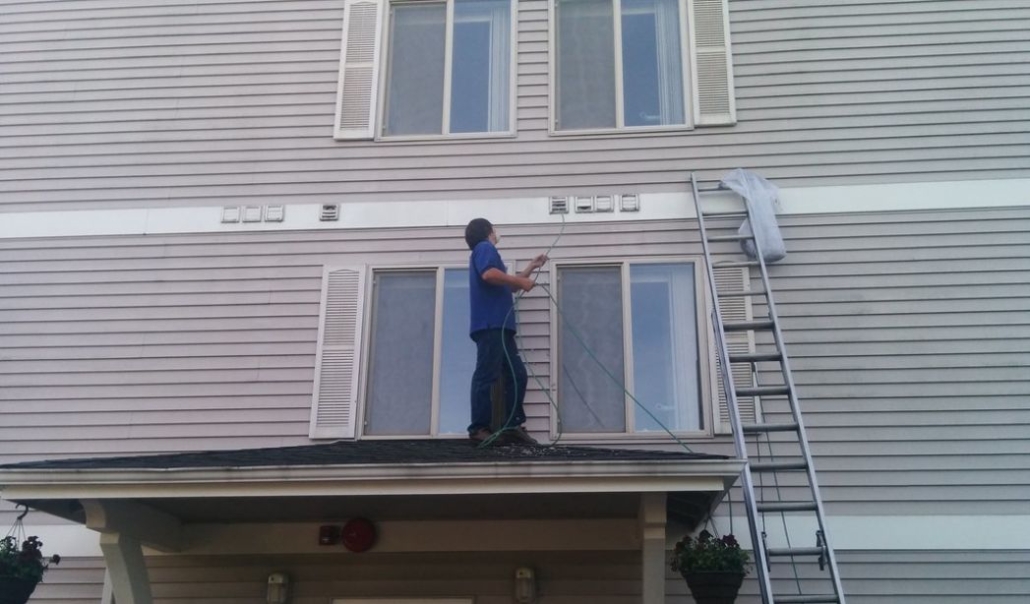
Cleaning the dryer vent is critical to preventing fire hazards, especially during summer when humidity can cause lint to accumulate more quickly.
A clogged dryer vent not only increases the risk of fire but also reduces your dryer’s efficiency, causing it to overheat and wear out faster.
Use a vent cleaning kit or hire a professional to remove built-up lint from the vent pipe, ensuring that the dryer functions safely and effectively.
Window and Screen Inspection
As part of your seasonal home maintenance, inspect windows and screens for any damage that could hinder ventilation or allow pests to enter.
During summer, cracked or torn screens can compromise airflow, making your home warmer, while also letting in insects.
Check for small tears or holes in the screens and repair or replace them as needed. This not only improves ventilation but also helps keep bugs outside where they belong.
Exterior Paint and Siding Check
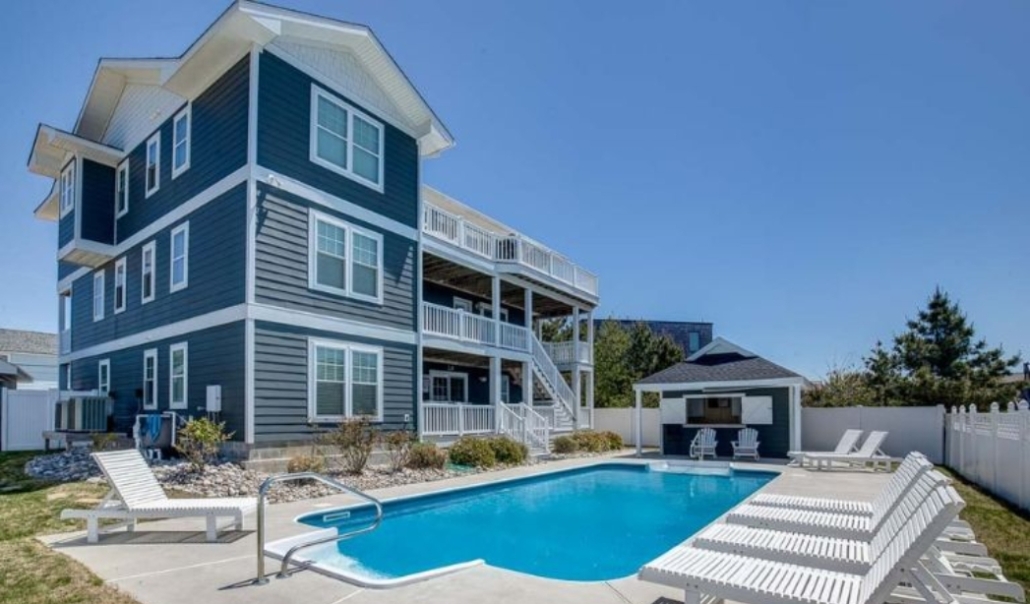
The summer sun can take a toll on your home’s exterior paint and siding, causing fading, cracking, or peeling.
Inspect your property’s exterior for signs of sun damage or wear, particularly on the side facing the sun.
Touching up faded or peeling paint helps protect your home from further damage and maintains its curb appeal. For siding, check for warping or cracks and repair these issues before they lead to more extensive damage.
By completing these summer maintenance tasks, you ensure your home stays cool, energy-efficient, and in good condition throughout the hottest months of the year.
Fall Home Maintenance Checklist
As cooler temperatures approach, preparing your home for winter is essential. Fall is the perfect time to focus on tasks that protect your property from the challenges of cold weather, snow, and ice.
Taking preventive measures now will help safeguard your home and reduce the risk of damage during winter.
Gutter and Downspout Cleaning
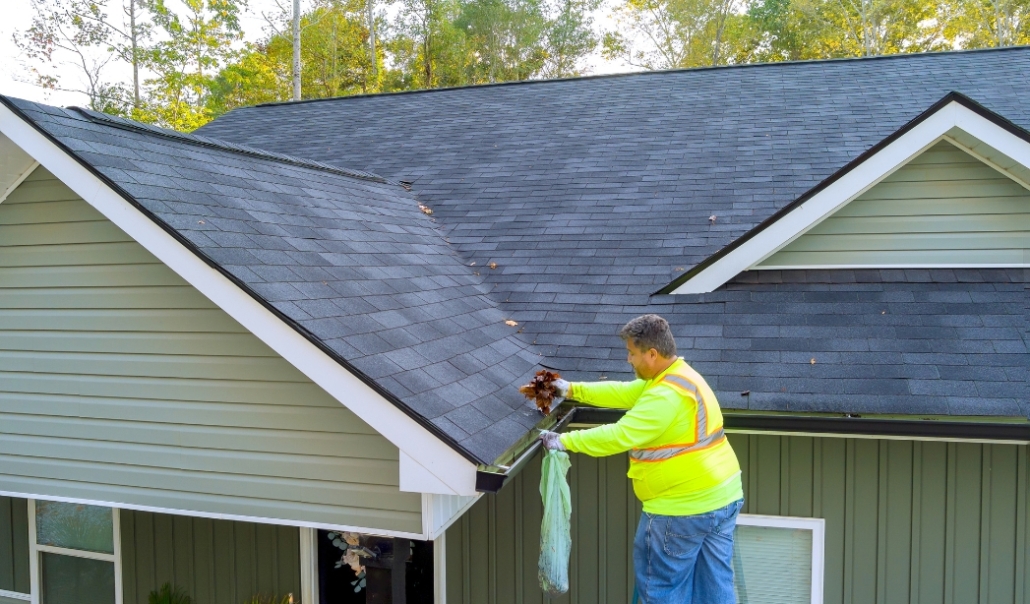
One of the most important tasks in the fall is cleaning gutters and downspouts.
Fallen leaves and debris can easily clog your gutters, leading to water buildup and potential damage to your roof and foundation.
Before winter snow and ice arrive, clear out the gutters to ensure proper drainage. Blocked gutters can cause ice dams to form during freezing weather, which may result in costly repairs.
Also, check the downspouts to make sure water is directed away from the home.
Roof Inspection
A roof inspection is crucial before winter sets in. Look for missing or damaged shingles that could allow water to leak into your property during snowstorms.
Pay attention to areas around chimneys, skylights, and vents, as these spots are more prone to leaks.
Addressing any issues now will help prevent the weight of snow or ice from worsening roof problems during the colder months.
Smoke and Carbon Monoxide Detector Test
With increased use of heating systems in winter, it’s vital to test your smoke and carbon monoxide detectors in the fall.
Make sure they are working properly and replace batteries if necessary. These detectors are your first line of defense against fire hazards and harmful gases, especially when using space heaters or fireplaces.
Ensuring they function correctly ahead of the colder months can prevent potential disasters.
Hot Water Heater Check
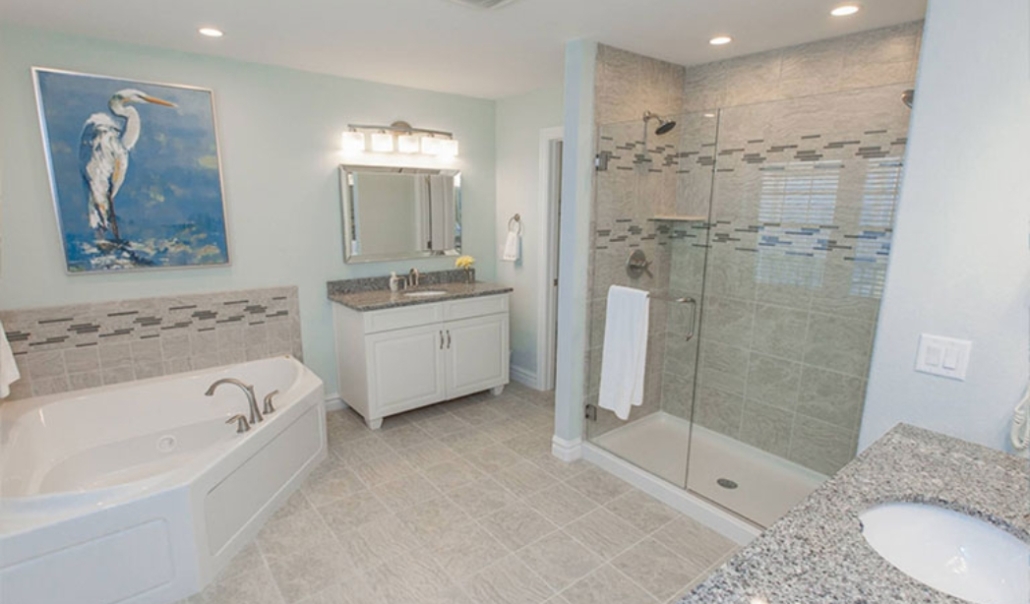
Your hot water heater works harder during winter, so inspect it in the fall for leaks or sediment buildup.
Over time, sediment can accumulate at the bottom of the tank, reducing efficiency and leading to higher energy bills.
Flushing the tank and checking for signs of corrosion or leaks will improve performance and extend the heater’s lifespan, ensuring you have plenty of hot water when temperatures drop.
Outdoor Faucet Drainage
To prevent outdoor faucets from freezing and bursting, it’s essential to drain and shut them off before winter.
Disconnect and store hoses, then turn off the water supply to outdoor faucets. After draining the pipes, cover the faucets with insulated covers to protect them from freezing temperatures.
Taking these precautions will save you from dealing with expensive repairs come spring.
By tackling these fall maintenance tasks, you’ll prepare your home to withstand the rigors of winter and avoid preventable damage, keeping everything running smoothly through the colder months.
Winter Home Maintenance Checklist
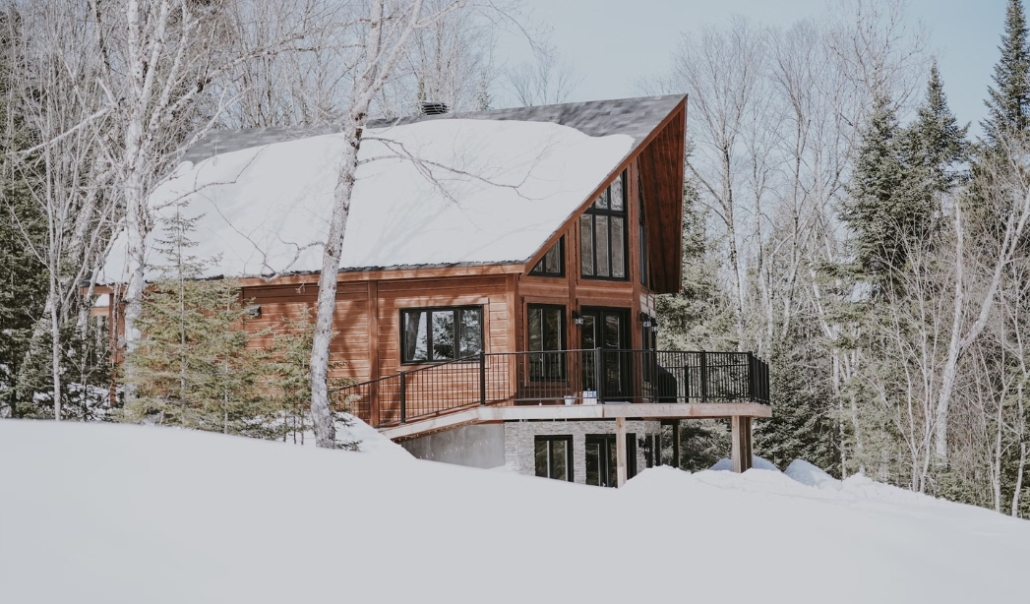
As temperatures drop, winter brings unique challenges that require attention to maintain the safety and efficiency of your home.
Completing these key maintenance tasks will help you prevent costly damage and ensure your property is prepared for freezing conditions.
Weather Stripping Update
As part of your seasonal home maintenance, winter is the time to update weather stripping around windows and doors to keep cold air out and prevent drafts.
Over time, weather stripping can wear down, allowing heat to escape and increasing energy costs.
By replacing or reinforcing old weather stripping, you improve insulation and reduce the strain on your heating system. This not only keeps your home warmer but also helps lower energy bills during the cold months.
Winter Storm Prep
Winter storms can bring power outages, snow, and ice, so it’s essential to be prepared.
Check emergency supplies such as flashlights, batteries, blankets, and non-perishable food. Make sure you have a plan for keeping warm if the power goes out.
In addition, secure outdoor items like patio furniture or decorations to prevent them from being damaged by high winds or heavy snowfall. Ensuring you’re ready for any winter storm reduces risks and improves safety for your family.
Heating System Check

Your heating system will be working hard throughout winter, so it’s crucial to ensure everything is in proper working order.
Have a professional inspect your furnace, boiler, or heat pump to check for issues like clogged filters or malfunctioning parts.
Regular maintenance of your heating system helps improve efficiency, prevents breakdowns, and ensures consistent warmth.
This is particularly important as the colder weather puts more strain on heating systems.
Pipe Insulation
Frozen pipes can lead to significant water damage, so insulating exposed pipes is a critical winter maintenance task.
Focus on pipes in unheated areas such as basements, attics, and crawl spaces. Insulation sleeves or heat tape can help prevent pipes from freezing and bursting.
By taking this step, you can avoid costly plumbing repairs and ensure that your home’s water supply remains intact during freezing temperatures.
Smoke and CO Detector Check
Winter often means increased use of heating appliances, making it essential to regularly test your smoke and carbon monoxide detectors.
These devices are critical for detecting fire hazards and carbon monoxide leaks, particularly from fireplaces, space heaters, or faulty furnaces.
Make a habit of testing detectors monthly and replace the batteries as needed. This simple task can make a huge difference in keeping your household safe throughout the heating season.
By completing these winter maintenance tasks, you’ll protect your home from cold weather risks, ensuring a safe and comfortable environment for you and your family all season long.
Home Seasonal Maintenance in Virginia Beach
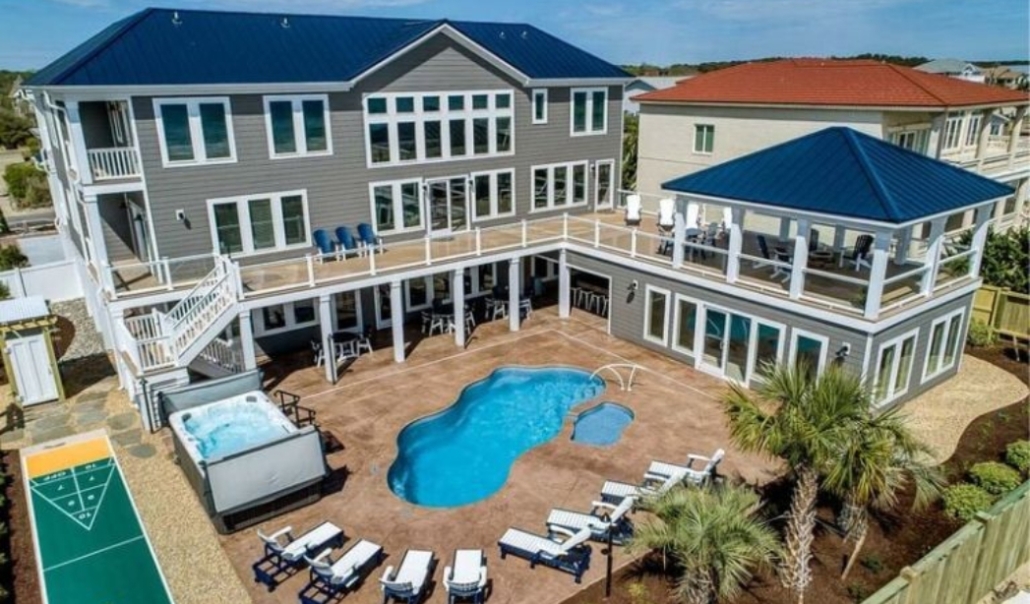
Homes in Virginia Beach face unique maintenance challenges due to the coastal weather conditions, including high humidity, salty air, and the risk of hurricanes.
These factors can affect your property’s exterior, HVAC system, and storm preparedness efforts, making it essential to adapt your maintenance tasks to the local environment.
Humidity and Salty Air
The high levels of humidity and salty air in Virginia Beach can cause premature wear on your home’s exterior.
As part of your seasonal home maintenance, roofing and siding materials, especially metal fixtures, are prone to corrosion and rust from prolonged exposure to salty air.
To combat this, it’s important to inspect your roof and siding regularly, especially if they contain metal components.
Consider applying a protective sealant or choosing corrosion-resistant materials, such as vinyl siding or aluminum roofing, which hold up better against coastal conditions.
Additionally, humidity can lead to mold and mildew growth, particularly in attics and basements, so ensure proper ventilation and consider using a dehumidifier in high-moisture areas.
Hurricane Preparedness and Storm Protection
Hurricanes and severe storms are common in coastal areas, making storm preparedness a crucial part of home maintenance.
Start by reinforcing your roofing to ensure it can withstand strong winds, and consider adding storm shutters to protect windows.
Gutter cleaning is essential to ensure water drains properly, preventing flooding and water damage during heavy rainfall.
Clear gutters and downspouts of debris before the storm season begins, as clogged gutters can cause water to back up and damage your roof or foundation.
HVAC Maintenance in Coastal Climates
Salt and humidity can also affect your HVAC system, especially outdoor components like the condenser unit.
Salt air can corrode the fins and coils, reducing efficiency and leading to premature failure.
To protect your system, it’s important to rinse the outdoor unit regularly with fresh water to remove salt buildup.
Schedule an annual professional HVAC inspection to ensure your system is operating efficiently and to catch any issues early, particularly before the heavy summer cooling season.
Tips for Storm Preparedness and Water Damage Protection
To protect your home from water damage, ensure all doors and windows are properly sealed, especially those exposed to wind-driven rain.
Additionally, install flood barriers or water-tight shields around basement doors and low-lying areas to prevent flooding.
If your home is located in a flood-prone zone, consider investing in sump pumps or backup power systems to keep your property dry during severe weather events.
By adapting your maintenance tasks to Virginia Beach’s coastal climate, you can protect your home from the damaging effects of humidity, salt air, and storms. Ensuring it remains safe and in top condition year-round.
Benefits of Seasonal Home Maintenance
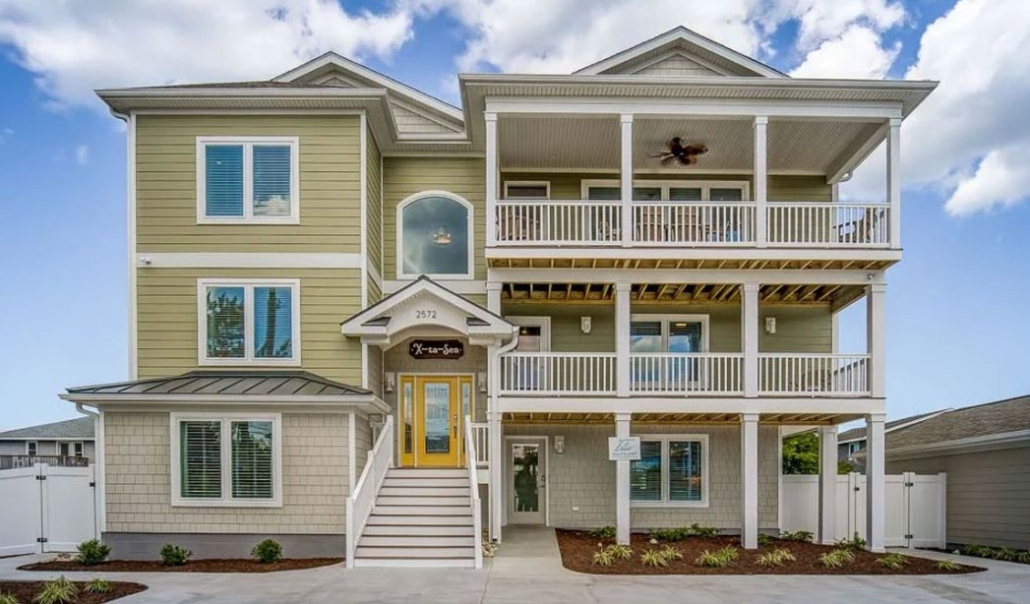
Seasonal home maintenance is essential for preventing costly repairs, improving energy efficiency, and ensuring long-term comfort and safety.
Below are the key benefits of staying proactive with seasonal care:
- Prevent Costly Repairs: Regular maintenance helps detect small issues before they escalate into expensive problems.
- Increase Energy Efficiency: Proper insulation, updated weather stripping, and regular HVAC checks reduce energy usage and lower utility bills.
- Extend the Life of Home Systems: Routine care of key systems like roofing, gutters, HVAC, and plumbing prolongs their lifespan.
- Improve Safety: Testing smoke and carbon monoxide detectors and cleaning dryer vents prevent potential fire hazards.
- Enhance Comfort: Ensuring heating and cooling systems are well-maintained provides consistent indoor comfort throughout the year.
FAQs about Home Seasonal Maintenance
Let’s take a look at the most frequently asked questions about home seasonal maintenance to understand its significance.
Seasonal home maintenance helps prevent costly repairs, improves energy efficiency, and ensures your property remains safe and comfortable. By addressing small issues seasonally, you can avoid larger, more expensive problems down the road.
Skipping seasonal maintenance can lead to long-term damage, higher repair costs, and increased safety risks. Issues like leaks, poor insulation, and malfunctioning systems can worsen over time, leading to significant repairs.
It’s recommended to replace HVAC air filters every 1-3 months, depending on usage. Regular filter changes keep your system running efficiently and improve indoor air quality.
For winter, focus on updating weather stripping, checking heating systems, and insulating pipes to prevent freezing and ensure your home remains warm and protected from cold weather.
Yes, some tasks, like cleaning gutters or testing smoke detectors, can be DIY projects. However, more complex tasks, such as HVAC servicing or electrical work, should be handled by professionals to ensure safety and proper functioning.
Conclusion: Stay Ahead with Seasonal Home Maintenance
Maintaining your home through each season is essential to prevent costly repairs, improve energy efficiency, and ensure the safety and longevity of your property.
By following a seasonal home maintenance checklist, you can stay on top of critical tasks and address potential issues before they become major problems.
Proactive upkeep not only protects your property but also enhances your comfort throughout the year.
For expert assistance and a tailored maintenance plan, contact RBC Homes today to keep your home in peak condition year-round.
